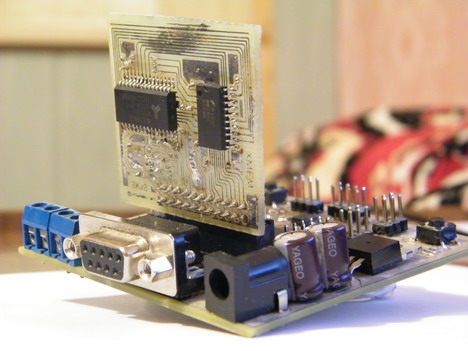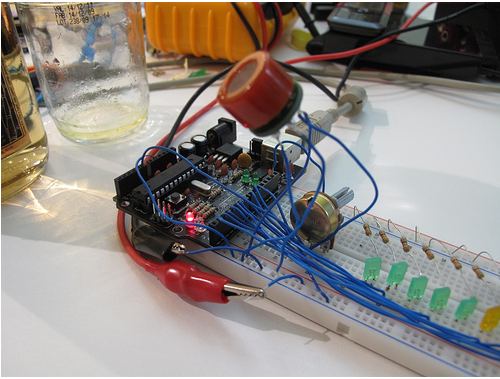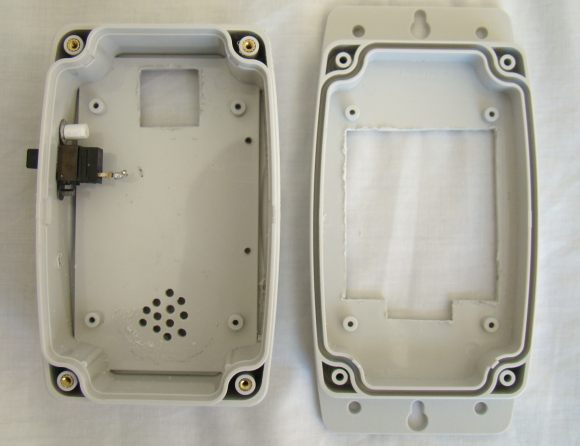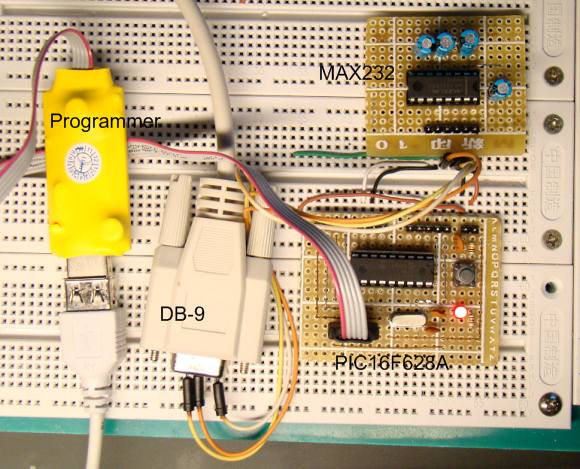Regulated power supply for embedded systems

Power is an important aspect of all embedded systems. Nothing works without electric power. Depending upon the type of applications, several options for power are available. For example, if the system doesn’t need to be portable, it can be powered directly from the wall source using AC adaptors. AC adaptors are cheap and easily available at any electronics store. They are used to power a bunch of electronics gadgets at home, like radios, answering machines, wireless routers, etc. They also come with mobile phones as chargers. They convert the high voltage AC in the wall socket to low voltage DC
Read more


